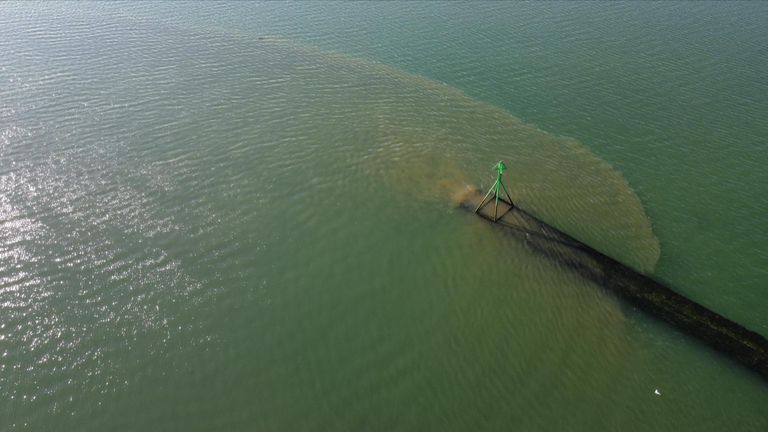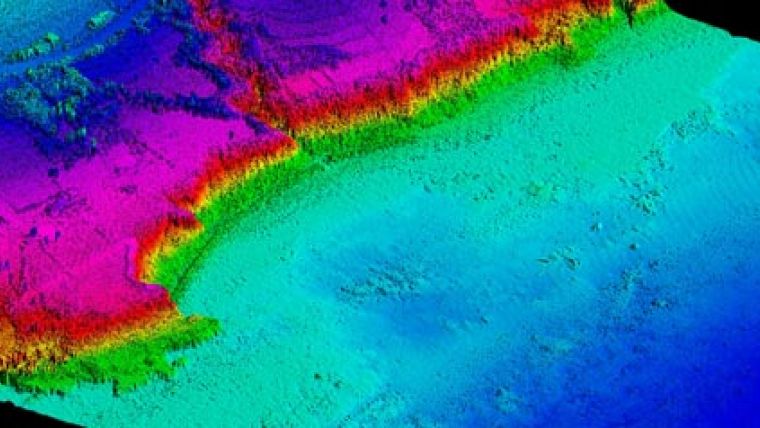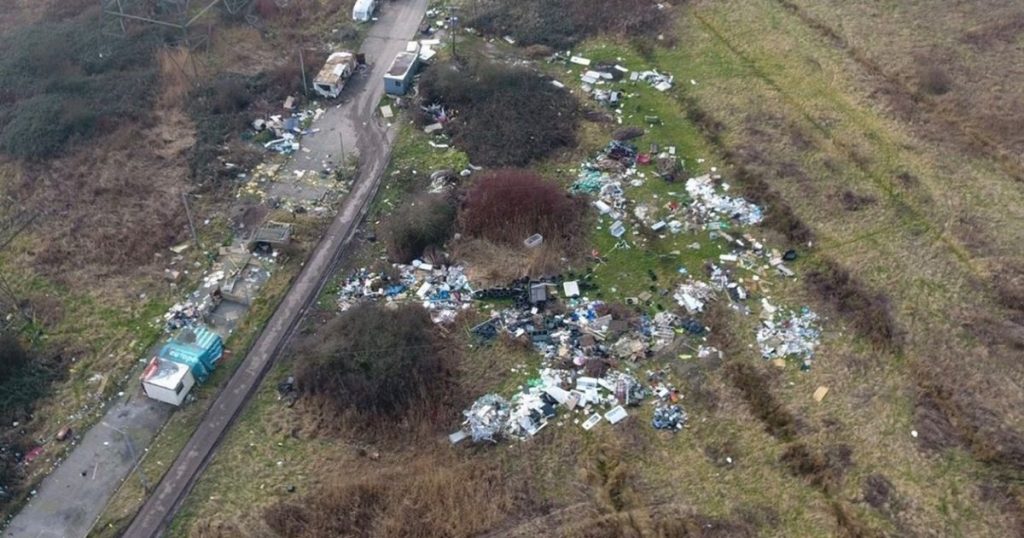
Introduction
In recent years, the utilization of drones in environmental monitoring has emerged as a revolutionary and versatile tool, offering an array of benefits and advantages across diverse applications.
Drones, also known as Unmanned Aerial Vehicles (UAVs), have significantly enhanced our capacity to observe and safeguard the environment. Their use extends to various critical areas such as outflow monitoring, where drones can provide real-time data on water quality and pollution levels.
Coastal erosion, a pressing concern, is addressed through drone surveillance, allowing for timely assessments and interventions. Moreover, drones play a pivotal role in monitoring fly-tipping incidents, enabling rapid response to illegal waste disposal.
Coastal and beach monitoring, prosecution evidential data collection, historical building assessments, and landmark condition monitoring are among the multifaceted applications, collectively demonstrating the invaluable role of drones in promoting environmental conservation and sustainability.

Coastal Monitoring
Drones have emerged as invaluable tools in the realm of coastal erosion monitoring and beach environmental assessment, offering unparalleled advantages in efficiency and accuracy.
Equipped with high-resolution cameras and sensors, these unmanned aerial vehicles can capture detailed imagery and data to track changes in coastal landscapes over time. Their ability to swiftly navigate challenging terrains and inaccessible areas makes them particularly adept at surveying remote or difficult-to-reach beaches.
Moreover, drones play a crucial role in monitoring outflows and discharges into watercourses, providing a real-time assessment of potential pollutants or environmental stressors.
The versatility of drones enhances the scope of environmental monitoring efforts, offering a cost-effective and eco-friendly solution to safeguard coastal ecosystems and ensure the sustainable management of our precious shorelines.

Outflow Monitoring
Utilizing drones for outflow monitoring has proven to be a revolutionary approach in environmental surveillance, particularly in areas that are challenging to access by traditional means.
Drones equipped with advanced sensors and cameras can efficiently gather crucial information on outflow activities, detecting and documenting instances of pollutants being discharged into water courses.
These unmanned aerial vehicles are particularly effective in monitoring hard-to-reach areas, providing real-time data that aids in identifying and assessing potential environmental hazards.
In cases of illegal outflow, drones play a pivotal role in tracking the origin of the discharge, enabling authorities to take prompt and targeted action against polluters.
This technological intervention is especially significant in addressing the persistent issue of sewage discharge into rivers and seas, a problem that has escalated in recent years. By employing drones for outflow monitoring, regulatory bodies can enhance their ability to safeguard water ecosystems, mitigate environmental degradation, and enforce stricter measures to combat unauthorized discharges.

Illegal Tipping
Drones have emerged as a revolutionary tool in the fight against illegal tipping and environmental vandalism, providing a cost-effective and efficient means of data collection for prosecution and monitoring purposes.
These unmanned aerial vehicles are equipped with advanced imaging and surveillance technologies, enabling them to discreetly navigate remote and inaccessible areas where illegal tipping often occurs.
By employing drones, authorities can gather crucial data on the extent of environmental damage, identify perpetrators, and assess the severity of illegal tipping activities without putting human safety at risk.
This innovative approach not only enhances the overall effectiveness of law enforcement efforts but also ensures a comprehensive understanding of the environmental impact. Drones serve as a powerful deterrent, as their presence alone can discourage illicit activities, making them a valuable asset in preserving our ecosystems and combating environmental crimes.

Illegal Site Occupation
Drones are increasingly becoming indispensable tools in the surveillance and monitoring of illegal site occupation by travelers.
These unmanned aerial vehicles play a crucial role in gathering vital information by recording the issuance of orders for site vacation, ensuring a transparent and accountable process. Additionally, drones excel in collecting evidence related to illegal tipping on the site, providing valuable data for subsequent legal proceedings.
Their deployment allows for comprehensive monitoring of sites, enabling the documentation of vehicle movements, registration plates, and the identification of illegal occupier activities and numbers.
One of the significant advantages of using drones is the ability to maintain a safe distance between operators and the affected site, reducing potential conflicts and ensuring the efficient collection of accurate information to support law enforcement efforts.
